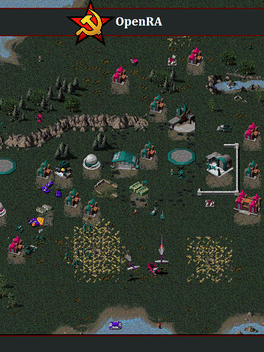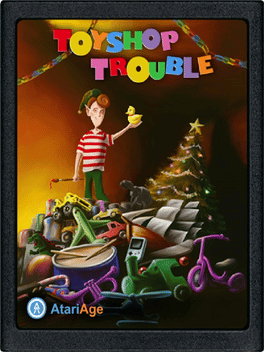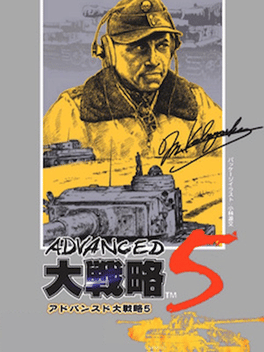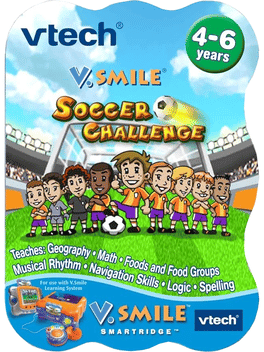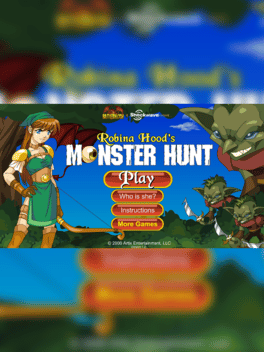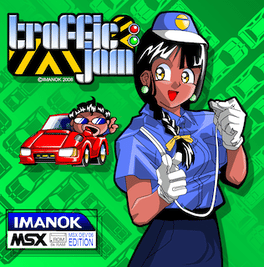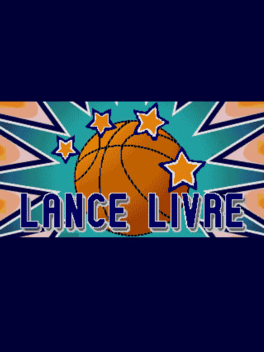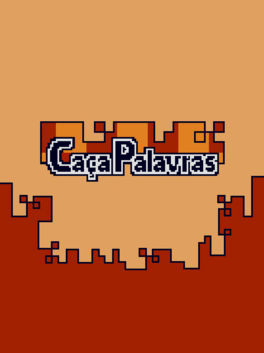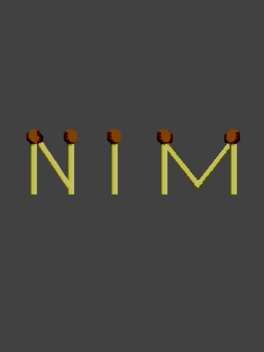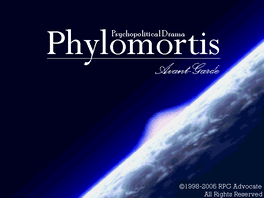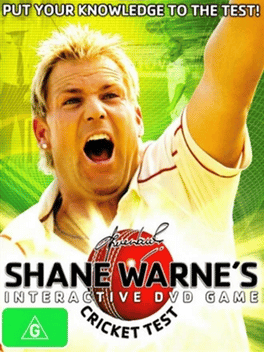New Games - Page 10154
-
Performous
2007
-
OpenRA
2007
OpenRA
2007
A free and open-source RTS bringing back the classic Command & Conquer, Red Alert, and Dune series by Westwood Studios, with updated user interface, superb multiplayer mode and balance tweaks. -
Digger Chan
2007
Digger Chan
2007
Digger Chan is a brand new "homebrew" game created exclusively for the classic 8-bit Sega Master System game consoles. It will be the first new game to be released on cartridge for the Master System since 1998! Digger Chan Screen Shot 1 Digger Chan Screen Shot 2 You play as Digger Chan working for M.O.O. Milk Co, and it's your job to go around the globe fixing the milk pipelines buried deep beneath the ground. Everyone loves having fresh cool milk available on tap, and the customers get displeased when there are problems with the pipelines, cutting off their supply of milk. Getting down to the pipelines is not an easy job, digging is exhausting with only sporadic bottles of milk available to collect and quench your thirst. As if that wasn't enough to worry about, rival milk companies have hidden deadly explosives in your path to disrupt your work! -
Toyshop Trouble
2007
Toyshop Trouble
2007
Ah, the Bahamas. Toyshop elves Patrick, Quincy, and Robert are laying on the beach, relaxing in the sun. Nothing could be finer than listening to the surf while enjoying a cold drink. A great reward for having gotten all of Santa's toys painted in record time. Unfortunately for you, Patrick's idea of "painting" toys was dumping them all in a bucket of gray paint. While this technically fulfilled his associates' obligations (thus their trip to the Bahamas), the toys--alas--still have to be painted properly. It's now your job to clean up their mess, which means properly painting the toys in time for Santa's departure Christmas Eve. You must paint the toys as they move along five conveyor belts. Ahh, but only if it were as easy as it sounds! Toys must be painted the proper color, and some toys require two coats of paint (with different colors), and if that wasn't bad enough, some must have their coats applied in the proper order! And not that you needed the additional pressure, but you also have a daily quota to meet -
Marvel Heroes
2006
-
Soccer Challenge
2006
Soccer Challenge
2006
Soccer Challenge (AKA Football Challenge) is a sports game released in 2006, and re-released ~2008 for the V.Smile Motion with added motion controls. -
Robina Hood's Monster Hunt
2006
Robina likes to say she robs from the rich and gives... But yet she never has any spare gold to share with ME! Though maybe I can at least persuade her to take a shot or two at Twilly... meh heh heh! -
Traffic Jam
2006
-
Lance Livre
2006
-
Caça Palavras
2006
-
Nim
2006
-
Totally Spies!
2006
-
Phylomortis: Avant-Garde
2006
Phylomortis: Avant-Garde is the third entry in the Phylomortis series of RPG Maker games, developed by RPG Advocate. It was created in RPG Maker XP. The Ascension War caused chaos and havoc worldwide, plunging the various nations of the world into social and economic chaos. Even after an armistice was formally signed, the reconstruction and re-establishment of trust among nations was marred by terrorism and demands by dissident groups for a voice in the new world order. Maia, a diplomat for the nation of Yatar, is abducted by a sect known as Corpus Negatis. Even twenty years later, when this story takes place, Maia's fate is still a looming question in the international community. Amidst this backdrop of uneasy tension, Syeull, an employee of Cave Village Beckweth, a settlement for the destitute near the island of Kravit, is forcibly conscripted into the Kravit Authority. He is soon paired up with a schizophrenic former intelligence agent and sent to do Kravit's bidding under threat of Beckweth's extermination. -
Armadillo Knight
2006
Armadillo Knight
2006
Armadillo Knight is a series of side-scrolling, hack-n-slash Flash games, which were developed by Trent Halvorsen (also known as Trent the Fox). The overall story is broken up into three individual games: Kenora Village, Wara Wood, and Blizzard Peak. -
World of Astérix
2006


